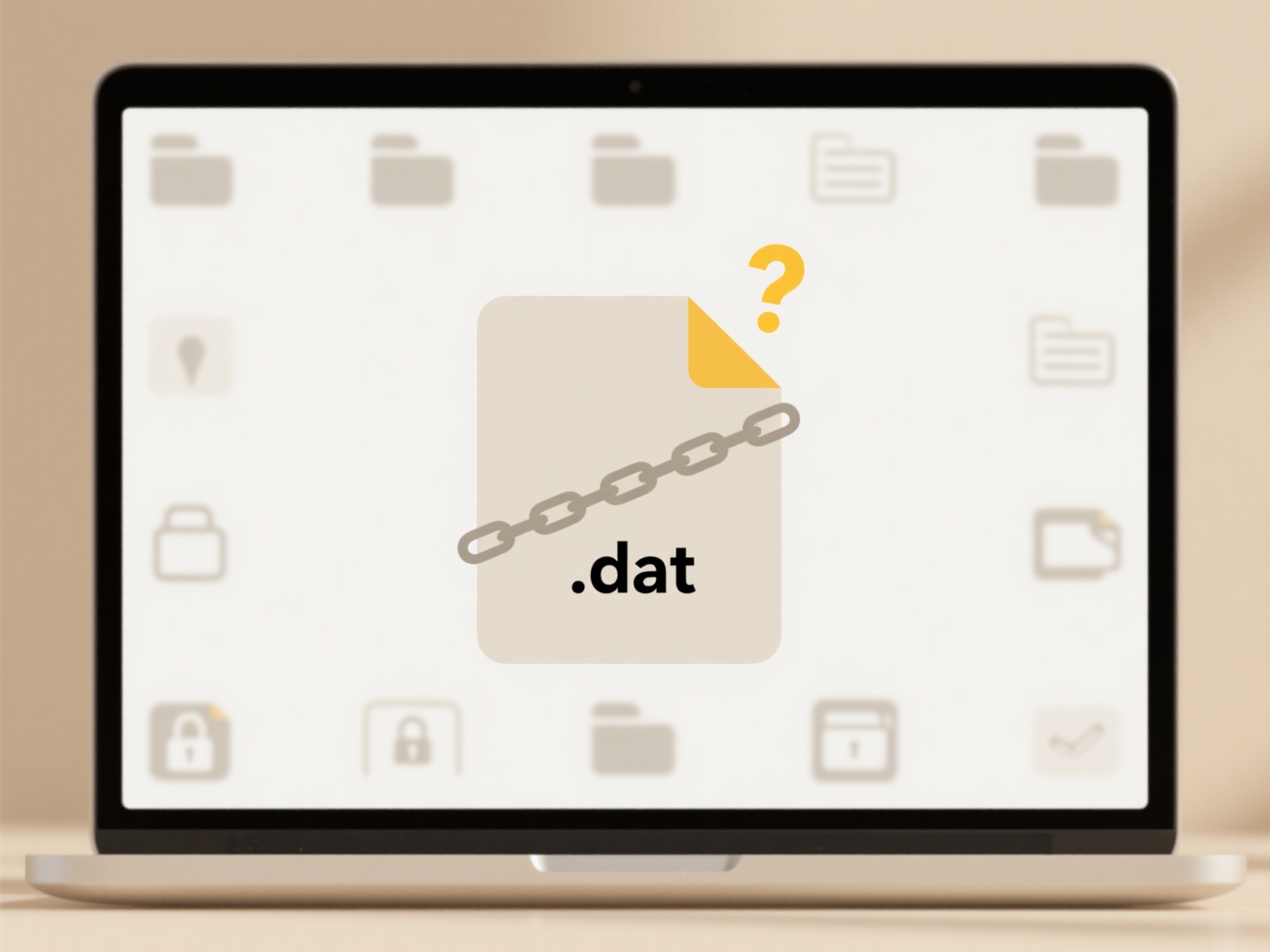
Prioritizing key information at the start of a file name is widely recommended because file systems sort alphabetically. By placing the most critical identifier first—such as project name, client code, or document type—files automatically group logically in folders and search results. This differs significantly from placing dates or less meaningful prefixes first, which often scatters related files. Using descriptive leading elements makes identification faster and more intuitive.
For instance, "ProjectAlpha_FinalReport_20240405.pdf" ensures all Project Alpha documents appear together, far superior to "20240405_ProjectAlpha_Report.pdf". Industries like engineering, finance, and creative services heavily rely on this convention within document management systems (DMS), cloud storage (e.g., SharePoint, Google Drive), and digital asset management (DAM) tools to manage large volumes of files efficiently.

This "front-loading" strategy significantly enhances findability and reduces time wasted searching. A key limitation is inconsistency; if teams mix formats (e.g., sometimes date first, sometimes client first), the benefit is lost. While exceptions exist for time-sensitive logs (where date-first makes sense), standardizing this approach across teams remains crucial for maximizing productivity and avoiding costly errors from misplaced files.
Should I put the most important information at the beginning of the file name?
Prioritizing key information at the start of a file name is widely recommended because file systems sort alphabetically. By placing the most critical identifier first—such as project name, client code, or document type—files automatically group logically in folders and search results. This differs significantly from placing dates or less meaningful prefixes first, which often scatters related files. Using descriptive leading elements makes identification faster and more intuitive.
For instance, "ProjectAlpha_FinalReport_20240405.pdf" ensures all Project Alpha documents appear together, far superior to "20240405_ProjectAlpha_Report.pdf". Industries like engineering, finance, and creative services heavily rely on this convention within document management systems (DMS), cloud storage (e.g., SharePoint, Google Drive), and digital asset management (DAM) tools to manage large volumes of files efficiently.

This "front-loading" strategy significantly enhances findability and reduces time wasted searching. A key limitation is inconsistency; if teams mix formats (e.g., sometimes date first, sometimes client first), the benefit is lost. While exceptions exist for time-sensitive logs (where date-first makes sense), standardizing this approach across teams remains crucial for maximizing productivity and avoiding costly errors from misplaced files.
Quick Article Links
How do I avoid accidentally overwriting files with similar names?
To prevent accidentally overwriting files with similar names, carefully manage your file naming, saving practices, and s...
Can PDF duplicates differ by metadata alone?
Yes, PDF duplicates can differ solely based on their metadata while containing identical visual content. Metadata refers...
How do I create intake folders for teams?
Intake folders are centralized digital locations designed to efficiently collect, organize, and route new work requests ...